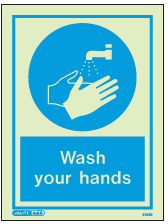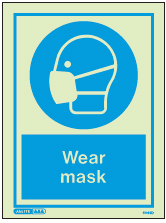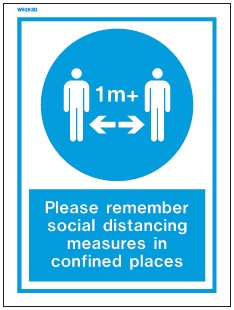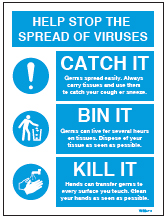A fire extinguisher is an essential piece of fire-fighting equipment that needs to work straight away when it is required by a user. It has to be reliable at all times – which means that business owners must ensure that fire extinguishers are regularly checked and serviced. As they are highly pressurised, fire extinguishers always carry the risk of bursting or causing injury to others. According to the Regulatory Fire Reform (Fire Safety Order) 2005, all fire-fighting equipment (including extinguishers), must be well-maintained and kept in efficient working order/repair.
Fire extinguisher servicing
There are two different types of fire extinguisher service – a visual inspection and annual maintenance. In a visual inspection, an inspector will check the location of the extinguisher to determine that it is located in the correct place, where it can be easily seen and accessed. The instructions will be checked to ensure that they are facing outwards where they can be easily and clearly read, and the overall condition of the extinguisher will be checked to determine whether it has already been used, and whether it has suffered any damage or has any missing parts. Tamper indicators are checked to see if they have been broken.
In an annual maintenance service, as well as a visual inspection, a fire extinguisher needs to be checked for corrosion, and assessed to see whether it needs to be refilled or re-pressurised. Most fire extinguishers (water, foam and powder) need discharge testing every five years. If you have a CO2 fire extinguisher, this will need a pressure test every 10 years to insure the cylinder is safe to continue to be pressurised and a new valve will be installed. You can have your extinguisher refurbished in this way, or in some cases it may be worth purchasing a new fire extinguisher.
As a business-owner, you are legally obliged to effectively maintain your fire-fighting equipment so that your staff and visitors are protected. At RES Protection Engineers, the servicing process is straightforward and affordable. When you have a fire extinguisher service with us, our BAFE registered technicians will carry out inspections and servicing in accordance with BS 5306. Following the service, you’ll receive the relevant documentation required. We can also service portable fire extinguishers, hose reels, trolley units and fire blankets to ensure that they are suitable for use in line with current legislation. All services are undertaken by BAFE registered technicians. We also offer an emergency call-out service, here for you 24 hours a day, 7 days a week.
Fire extinguisher sales and hire
Do you require a new fire extinguisher for your business? We can meet your requirements. All of our fire extinguishers are produced to European Standard EN3, and come with a five year guarantee. We offer discounts for large quantity orders. If you’d rather hire a fire extinguisher, we can provide hire services for up to six months.
Fire extinguisher service from RES
If you require fire extinguisher servicing, maintenance or repairs, RES engineers can carry out a comprehensive and affordable service. Our fire extinguisher services cover the South of England including the counties of Middlesex, Essex, Kent, East Sussex, West Sussex, Surrey, Hampshire, Dorset, Wiltshire, Gloucestershire, Berkshire, Oxfordshire, Buckinghamshire, Hertfordshire including London, Brighton, Portsmouth, Southampton, Winchester, Bristol, and the surrounding towns of Aldershot, Basingstoke, Beaconsfield, Bracknell, Cirencester, Egham, Farnham, Guildford, Henley on Thames, High Wycombe, Maidenhead, Marlow, Newbury, Oxford, Poole, Reading, Slough, St Albans, Staines, Swindon, Watford, Windsor, Woking, Wokingham and Worthing.





;)
